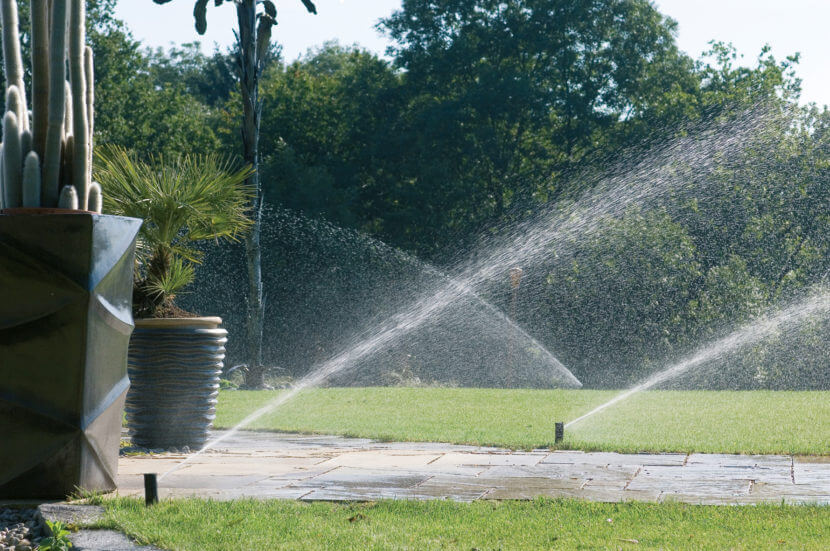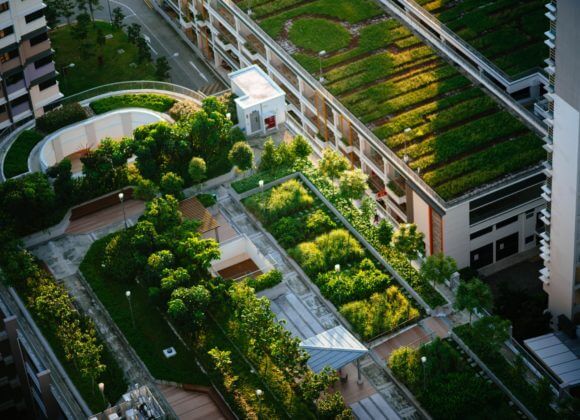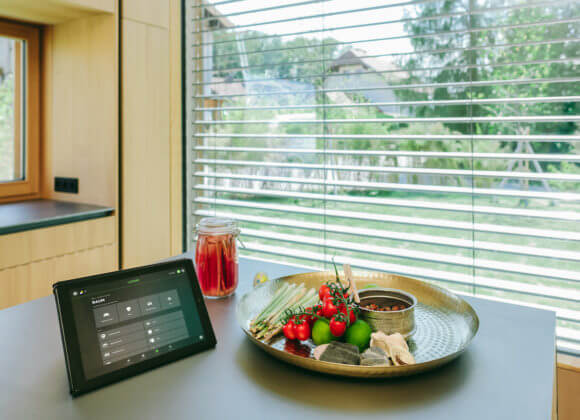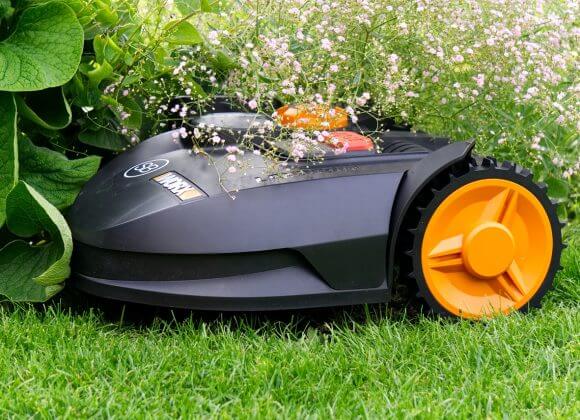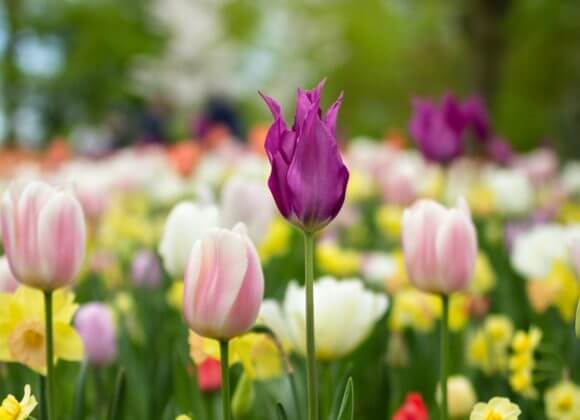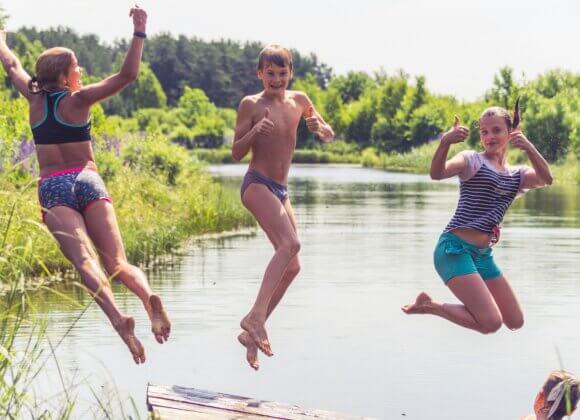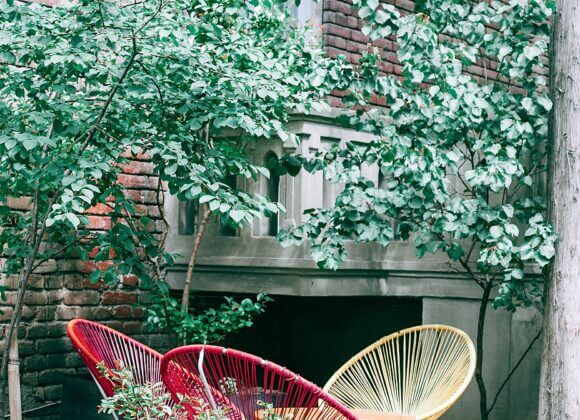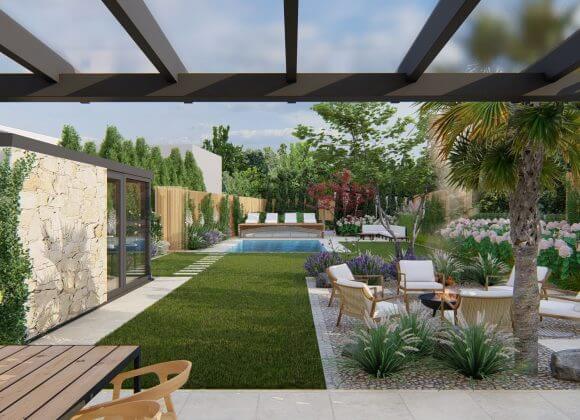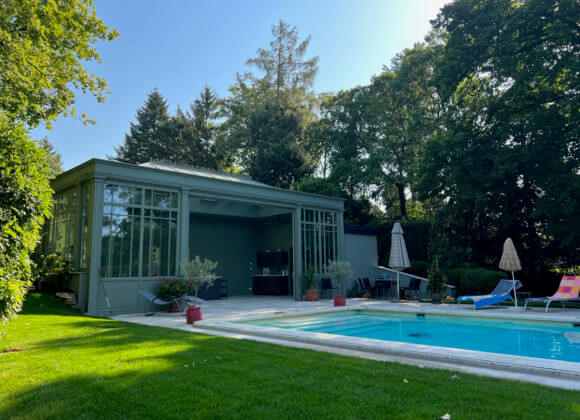Irrigation for garden and terrace
Apps for switching on the air conditioning or heating, automatic locking systems for roller shutters, etc: There are now all kinds of tools that make everyday life at home easier. One that is becoming increasingly popular is the irrigation system for garden or terrace. On the one hand, this saves a lot of time, and on the other hand, you no longer need to worry about whether the plants are well taken care of during vacations, business trips & Co. We asked the experts at Pipelife Austria what to look out for in terms of irrigation systems, where the trends are and what a “Ferrari” among these systems can do.

Are you seeing a boom in irrigators in recent years due to hotter summers?
Demand has always been dependent on the weather. Starting in 2020, other influences came in, such as the Corona Lockdowns, which led to a higher interest in home gardening. Last year, demand was impacted by the Ukraine crisis and its consequences, such as higher energy prices.
What is the garden/terrace ratio here?
At Pipelife, the share of permanently installed “Rain Bird” recessed sprinkler systems predominates. These high-quality plants are used in gardens and require accurate planning or good advice. However, in the case of patio or roof deck irrigation, there is no significant distinction from DIY products.
In principle, is it possible to install an irrigation system in any garden/patio, provided there is an external water connection?
Yes. For gardens, however, the amount of water available has a decisive influence on the plant itself and thus on the costs. If there is little water available, the plant must be divided into many sections, which are put into operation in a staggered manner. Therefore, such a plant causes higher costs.
Is there such a thing as the “Ferraris” among irrigation systems and what distinguishes them?
There are – besides the do-it-yourself sector – also high-quality products. Pipelife irrigation systems certainly belong to the latter category. In addition to the longevity of the products themselves, however, the quality of the planning is crucial. Only the irrigation specialist knows how to arrange the sprinklers or sprayers given the planting, wind and soil conditions. A layman would instinctively make numerous mistakes here. Only the professional plans the system so that it irrigates evenly and thus makes the best possible use of water as a resource. With a well-planned or professionally installed system, there is no under- or over-supply of individual areas in the garden.
What would you recommend to garden/patio owners who are often away from home for long periods of time?
For systems that are left unattended for long periods of time, we recommend using a flow sensor along with a “smart” irrigation computer and master valve. Thus, in case of conspicuously high water demand – e.g. caused by an animal bite into a drip tube or the blocking of a valve – on the one hand the system can be switched off and on the other hand the owner can be notified on the cell phone.
Is one connection and one system enough even for large gardens or are there maximum volumes what an irrigation system can create?
One connection is enough, provided that the water pressure does not fall below certain minimum limits. However, as a rule, you can not water the whole garden at once. On the one hand, because the amount of water available is not sufficient and, on the other hand, because there are areas with different water requirements. Therefore, the systems are divided into individual sections, known in technical jargon as “irrigation circuits”, and each is opened or closed via a solenoid valve. These valves are then turned on and off in sequence by an irrigation computer.
Many plants also means: different water requirements. In that respect, I guess it makes sense to have the garden/patio landscaped first before I install an irrigation system, right?
Yes, a basic idea of the garden design is a prerequisite for planning the irrigation system. During the planning stage, we address local conditions and the needs of garden owners by selecting the right products (sprinklers/sprayers/drip pipe – above or below ground) and specifically by arranging them in relation to each other. The irrigation system can be laid at the same time as the garden design. This minimizes additional digging work. But also the installation in existing plants is possible – with the help of trenchers – without too much intervention in the garden.
In your experience, which plants need more water, which need less – and how do I deal with this?
Information on the amount of water required must come from the landscape designer or gardener. For correctly designed plants, the required amount of precipitation per unit time is known. This can then be used to determine the necessary run times and set them on the control unit.
Ultimately, the system owner is responsible for making the adjustment so that local conditions such as soil type, slope, type of planting, etc., are taken into account. are taken into account.
Should I want to reschedule patio/garden – what does that mean for irrigation?
On the patio, where “loose” piping is often used, this can often be accomplished by simply relocating the piping and using additional tees or new end caps. In the garden, rescheduling may entail major changes – up to the rerouting from the solenoid valves. However, you can take into account foreseeable changes, such as the subsequent installation of a pool, in the planning stage. Provided, of course, that this project is already known at the initial planning stage. Then, when the pool is actually built, only one section needs to be shut down, or the corresponding area is excluded from irrigation by switching the sprinkler segments from full to partial circle.
Do irrigation systems need to be serviced regularly?
Apart from draining before the first frost and regular inspection and cleaning of the filter – especially when using water from rainwater storage tanks or wells – the systems run for years with virtually no maintenance. In the case of battery controllers on terraces, of course, the batteries must be replaced regularly, at the beginning of the new season.
Worst case: What are the dangers of an irrigation system? And how easy/difficult is it to deal with?
Significant hazards are not expected for patio and garden irrigation systems. Uncontrolled water leakage when sprinklers are damaged, for example in the course of scarifying work, can result in excessive water leakage. In the worst case, this can cause wash-off or water ingress into adjacent basements. However, these are usually quickly identified and the causes are easy to fix.
If drinking water is used for the system, such damage can also be accompanied by high costs if the damage is not noticed right away. Therefore, as mentioned earlier, the use of a flow sensor is recommended for unattended systems.
The most common interaction with the irrigation system is user-friendly via the irrigation computer – either directly on the device itself or via an app on the cell phone. Adjustments to sprinklers or sprayers are rarely necessary and can be made, if necessary, by a service company during winterization or, better yet, when the system is put back into service in the spring.
Photos: image industry
Landlust: Luxury real estate in the countryside
Urban: Luxury properties Vienna Urban
Villa location: Luxury properties Villa location
For ski fans: Luxurious living for ski fans
On the waterfront: luxurious living on the waterfront
Hotel service: Luxurious living with hotel service
Exquisite view: Luxurious living with an exquisite view
For golf fans: Luxurious living for golf fans
Classic elegance: Luxurious living in classic elegance


